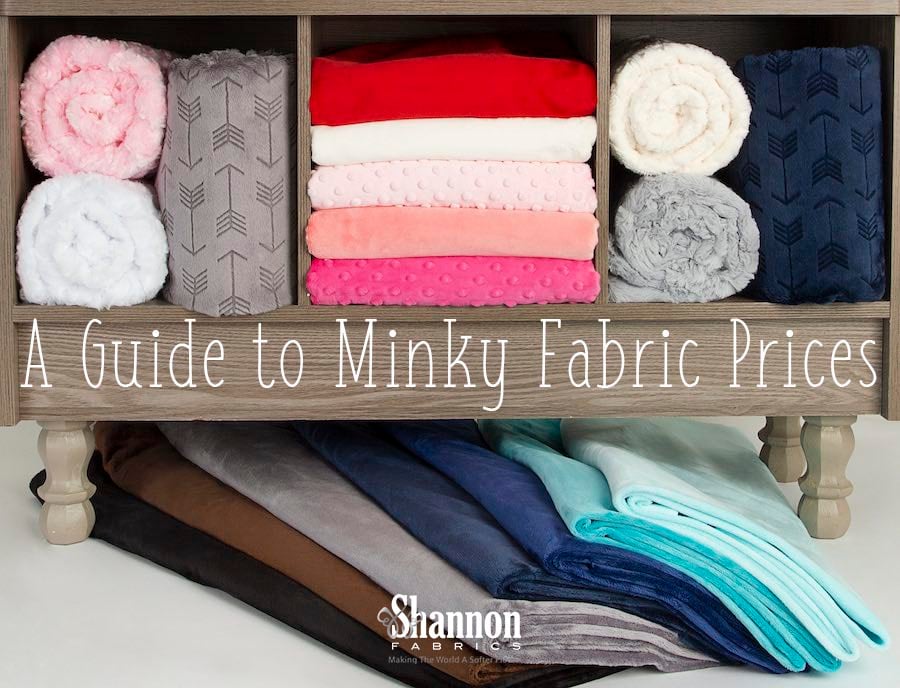
People ask us all the time, “How much does minky plush fabric cost?”
It’s a great question, but as stated, it’s pretty broad when it comes to addressing minky plush fabric prices. Choosing the right minky plush fabric comes down to your personal budget and finding the optimal balance between quality, durability and affordability.
We know buying minky fabric is an emotional purchase since you’re usually picking prints and colors with a specific project and person in mind, but just how much should you expect to spend?
READ MORE:Top 5 Minky Plush Fabric Problems, Concerns & Solutions
To get to the root of this question, we’ve provided a breakdown on some general minky plush fabric price ranges, what influences these prices and how minky fabric prices compare to other fabrics.
How much does minky plush fabric cost?
As we’ve said, minky plush fabric prices vary greatly between brands since each offer different fabric options at different levels of quality.
The most basic minky plush fabric is usually a simple solid and is generally available in a wide variety of colors. This entry-level minky fabric can be priced from $10/yard to $20/yard at retail.
There’s no denying that’s a serious difference, but why is there such a discrepancy between the most expensive and cheapest minky fabrics?
What affects minky plush fabric prices?
While this range is great for people looking for value at different price points, not all minky fabric is created equal. Obviously, you aren’t getting the same quality product when you opt for a less-expensive option.
To be completely transparent, here at Shannon Fabrics our 100% polyester minky fabric falls in the upper end of the price spectrum. Why? We source ethical, high-quality fabric that’s not only long-lasting, but easier to sew with and comes in over 100 different colors.
READ MORE: 9 Best Sewing Projects and Uses for Minky Plush Fabric
Of course, any brand can promise this or that, so here’s an actual look at what influences minky fabric prices:
Minky fibers, density and structure
Not to get too technical here, but every brand creates minky fabric with different quality polyester fibers. This is directly related to the manufacturing process, and price depends on quality, as well as the fabric density.
READ MORE: The 6 Best Minky Plush Fabric Wholesalers (Reviews/Ratings)
High-quality (and more expensive) minky plush fabric is made with yarn that’s more densely knit and features a mechanical one-way stretch (selvage to selvage). More economical or cheaper fabrics will have a larger mechanical stretch, and stretch both up and down and side to side.
This elasticity is not only harder to work with, but it’s less durable, too.
Fabric weight
Minky fabrics are available in a wide range of weights, and a heavier fabric generally costs more. The lowest weight hovers around 200 grams per linear yard, but minky fabric can be found upwards of 700 grams per linear yard.
READ MORE: What is Minky Fabric? (Material, Textures, & Projects)
Also, the price changes based on whether the fibers are thin and long, or short and thick. Minky fabric that’s one- to five-millimeters thick is considered a tricot knit and is less expensive than fabric that’s six- to 35-millimeters thick (known as warp knitting).
Fabric weight certainly changes the price, but keep in mind it’s not always best to go with the heaviest weight. Sometimes a minky fabric that weighs 200 grams fits a project better than a heavier alternative.
Minky finishing processes
The most popular kind of minky fabric is the single-color solid variety. This plain, piece-dyed and solid option is the least expensive offering from any brand, and prices get more expensive as more finishing processes are applied.
For example, minky fabric can be embossed or printed, and note sometimes a combination of multiple finishes can be applied to a single type of minky fabric. This might include embossed and printed, or discharged, embossed and printed, and each process adds additional cost to the consumer.
READ MORE: Minky Plush Fabric vs. Fleece Fabric: A Side-By-Side Comparison
Volume
Like anything, the more you buy, the less expensive minky fabric becomes.
This holds true for manufacturers and wholesalers, where large orders drop the overall price of minky fabric, and custom, smaller orders can be more expensive.
As a consumer, many fabric shops or online retailers will offer a discount depending on how many yards you purchase.
Origin country
The country of origin for minky fabric has a big impact on overall cost.
Our Cuddle® fabric is made in Korea in certified (and regularly-inspected) factories that are free from child labor and negative reputations.
Less expensive minky fabric is generally produced in China, and is made with less-advanced machinery and a lower-quality yarn with a different polyester formula. Chinese fabric is generally what you’ll find in the big retail chains for half the cost.
If Shannon Fabrics opted for the Chinese alternative, our fabric would be less expensive, but it wouldn’t be nearly as durable or well made.
Partnering with regulated factories ensures our minky fabric is hypoallergenic and free from chemicals — when you’re using a less-expensive, untrusted source of fabric and they’re mimicking the yarn, there’s no guarantee.
Other factors
Manufacturing and materials have the biggest influence on minky fabric prices, but other business-related factors can also cause the price to spike or drop.
Fabric that’s made to order is more expensive than fabric found as a stock lot or closeout. Also, currency fluctuations, duties and freight costs are considered when prices are set.
READ MORE: 7 Must-Try Minky Fabric Sewing Tips
Business overhead, such as warehouse costs, employees, shipping, etc., influence the price of minky fabric as well.
Cuddle® Minky Plush Fabric Prices
Our trademarked Cuddle® minky fabric is trusted for not only its quality and longevity, but also its variety and overall beauty. We’re not the cheapest, nor are we the most expensive fabric on the market, but after over 20 years of business, we’ve found the value sweet spot between quality and price.
Our best-selling line of Cuddle® Solids minky fabric ranges from $15 to $20 a yard at retail, with sparkle, double-sided, print and embossed options available.
We also offer a more plush Luxe Cuddle® minky fabric that ranges from $22 to $35 a yard at retail. Use our store locator to find our Cuddle® minky fabric in a quilt shop or fabric store near you.
Remember, cost is just one aspect to consider when working with minky fabric. We’ve created other online resources to educate and assist you before buying, no matter if you decide to purchase Shannon Fabrics minky fabric or not.
Be sure to check out our free tutorials and patterns, as well as our educational videos and articles on how to sew with minky fabric.
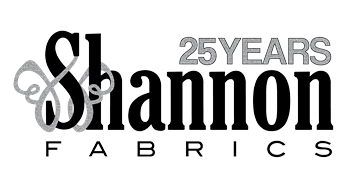
%20-%20Copy%20copy.png?width=143&height=69&name=Black%20logo%20(002)%20-%20Copy%20copy.png)
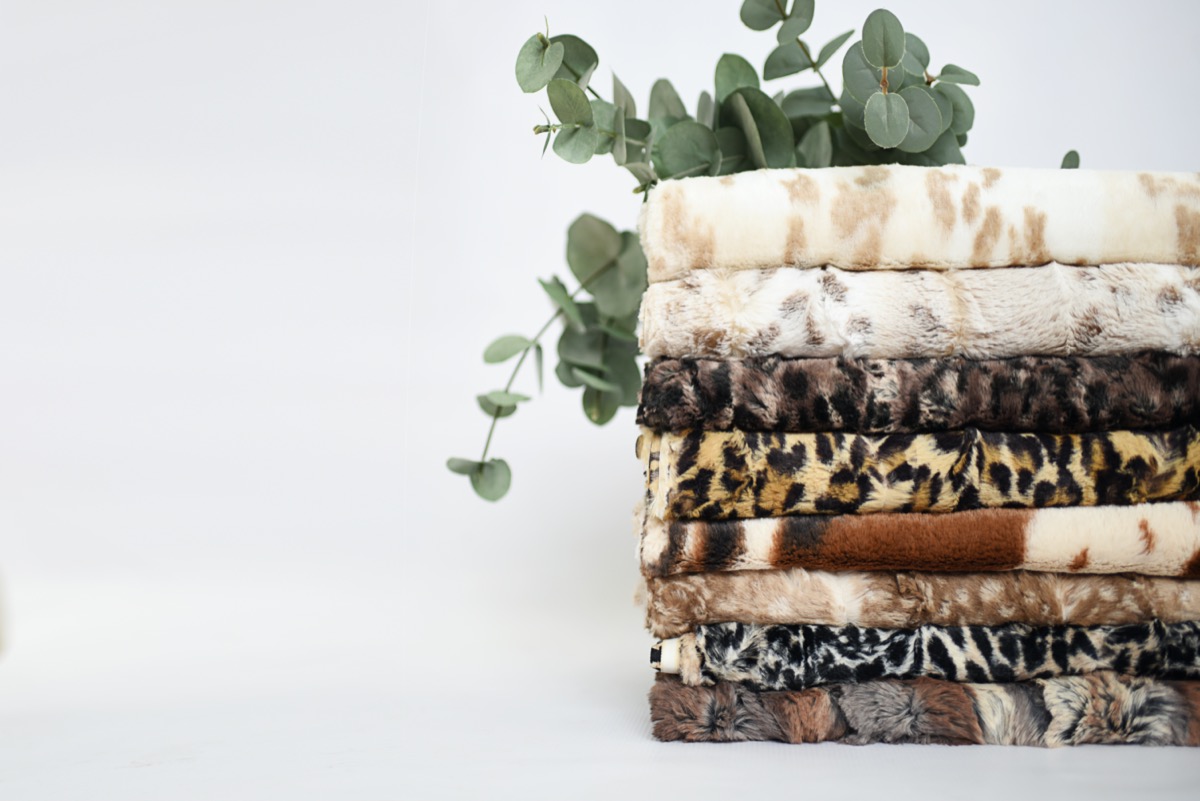
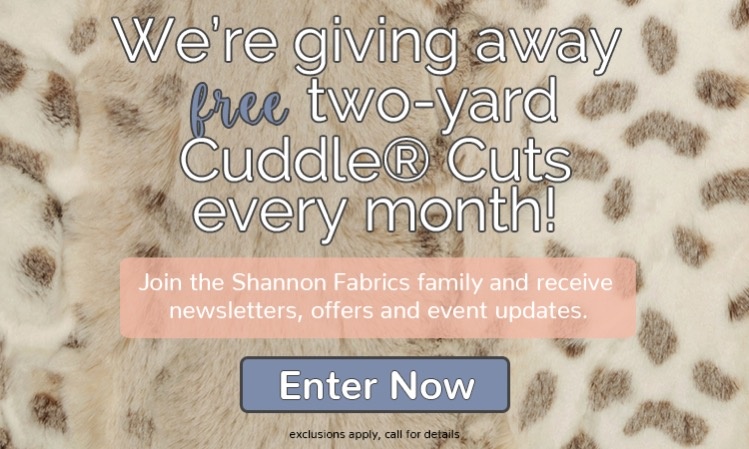
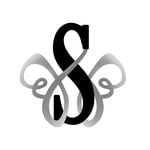







-Dec-11-2025-10-58-46-1415-PM.png?width=640&name=Untitled%20design%20(3)-Dec-11-2025-10-58-46-1415-PM.png)






.png?width=640&name=SEW%20TOGETHER%20livestream%20promo%20images%20(4).png)
.jpg?width=640&name=gencoreA%20(1).jpg)
-Oct-06-2025-07-25-25-9749-PM.png?width=640&name=SEW%20TOGETHER%20livestream%20promo%20images%20(1)-Oct-06-2025-07-25-25-9749-PM.png)

-4.png?width=640&name=SEW%20TOGETHER%20livestream%20promo%20images%20(3)-4.png)





.jpg?width=640&name=spring%20tea%20party_049%20(1).jpg)





.png?width=640&name=12%20Days%20of%20Cuddle%C2%AE%20(8).png)
.png?width=640&name=12%20Days%20of%20Cuddle%C2%AE%20(3).png)
-2.png?width=640&name=12%20Days%20of%20Cuddle%C2%AE%20(2)-2.png)

-2.png?width=640&name=12%20Days%20of%20Cuddle%C2%AE%20(4)-2.png)
.png?width=640&name=12%20Days%20of%20Cuddle%C2%AE%20(7).png)
.png?width=640&name=12%20Days%20of%20Cuddle%C2%AE%20(2).png)
.png?width=640&name=12%20Days%20of%20Cuddle%C2%AE%20(6).png)


















Leave a Comment